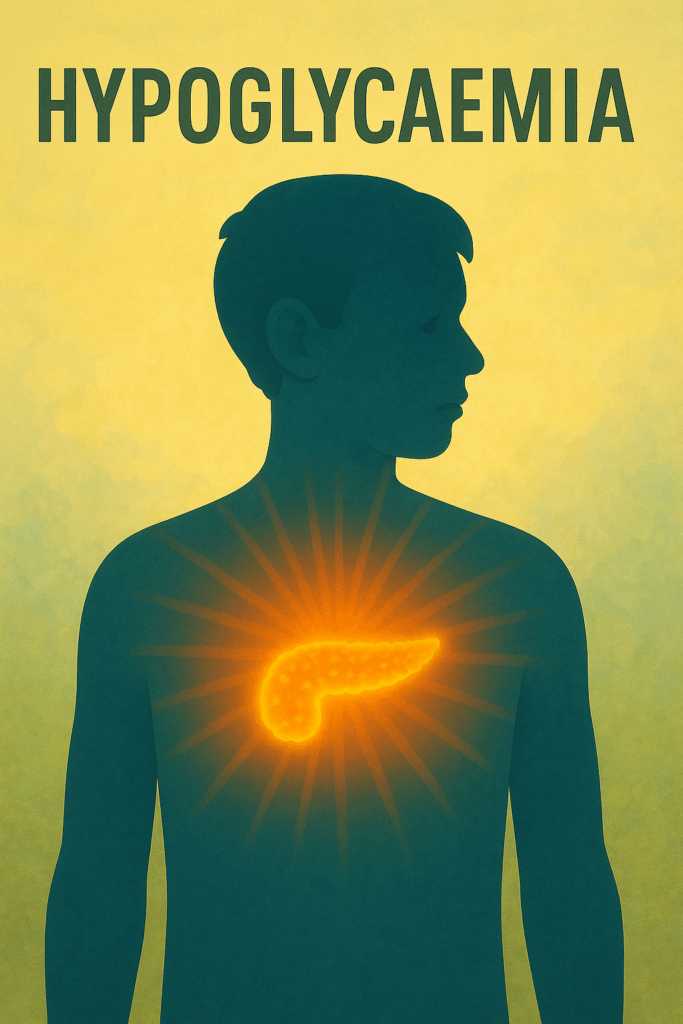Hypoglycaemia: The Body’s Call for Steady Energy and Simplicity
Hypoglycaemia, or low blood sugar, is not a disease but a sign that the body’s natural rhythm of energy production has been disrupted. When vitality drops and blood sugar swings between highs and lows, it shows that the nervous and glandular systems have been overstimulated and depleted. The body, unable to maintain steady internal balance, calls for rest, nourishment, and simplicity.
From a Natural Hygiene perspective, hypoglycaemia is the predictable result of years of artificial stimulation and erratic eating. Modern habits — rushing through meals, skipping breakfast, consuming stimulants, and eating processed or sugary foods — create short bursts of energy followed by sudden crashes. Every sweet snack, coffee, or refined carbohydrate floods the bloodstream with glucose, forcing the pancreas to release insulin in excess. This overreaction clears the sugar too quickly, causing the familiar symptoms of dizziness, trembling, fatigue, and irritability.
The body’s vital energy becomes mismanaged. Instead of generating stable strength through natural nourishment, it relies on stimulation. Over time, the adrenal glands, which regulate energy in response to stress, become fatigued. The nervous system, constantly excited by sugar and caffeine, loses its natural rhythm and coordination. The result is a body that swings from agitation to exhaustion — always seeking another “lift” to keep going.
True healing begins when we stop chasing stimulation and start restoring balance. Fasting or a short period on juicy fruits allows the body to rest and clear the bloodstream of accumulated waste. Fruits such as oranges, melons, papaya, and grapes provide simple, structured sugars that absorb slowly and nourish without strain. Their water content hydrates, while their minerals strengthen the nervous system and support the adrenal glands.
After fasting, meals should be simple and regular. A combination of fresh fruit, salads, and moderate natural fats from avocados, seeds, or nuts provides steady energy release. Eating slowly, in peace, allows the body’s regulatory systems to stabilise. Heavy cooked meals, animal products, refined starches, and alcohol must be avoided, as they disrupt blood chemistry and exhaust the organs.
Rest and proper sleep are equally important. Many cases of hypoglycaemia are, in truth, chronic fatigue in disguise. The body tries to stay awake and alert through stimulation because it is never given permission to fully rest. Rest restores glycogen reserves in the liver, allowing blood sugar to remain stable between meals. Deep breathing, sunlight, and gentle outdoor movement improve oxygen flow and circulation, supporting more efficient metabolism.
Emotional factors are also key. Hypoglycaemia often accompanies anxiety, perfectionism, or the feeling of being under constant pressure. The body mirrors this tension — burning energy faster than it can replenish it. Calm environments, honest expression, and time in nature help reduce the stress load that contributes to energy crashes. The more we cultivate stillness, the less the body depends on external energy sources.
Over time, with fasting, rest, and a living-food diet, the body regains its natural steadiness. The pancreas and adrenal glands recover their coordination, blood sugar stabilises, and the nervous system becomes calm yet alert. Energy no longer surges and collapses but flows smoothly throughout the day.
Hypoglycaemia teaches us to live at the body’s pace — not the world’s. True energy comes not from stimulation but from vitality. When we nourish the body with pure foods, rest deeply, and allow the mind to slow down, life’s rhythm becomes even and sustainable. The body no longer cries out for sugar or speed; it finds strength in balance, calm, and natural flow.


